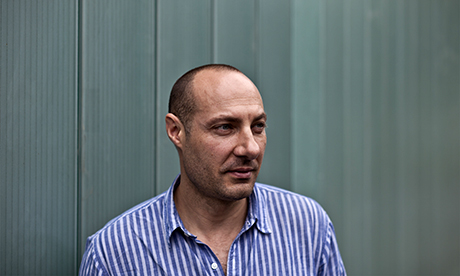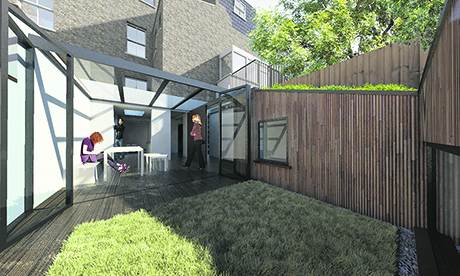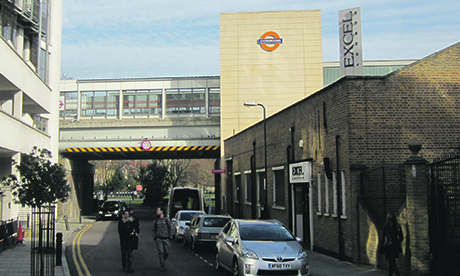EASTWEST architecture: Progressive merits of building Relevant Design
We, as architects cannot afford for architecture to withdraw internally into itself. We are doing architecture for people; they live in it, they work in it and they move through it. Therefore, they need to be involved in shaping it.
Our view is that architecture evolves within a larger growing societal context. The task for architects is to understand how practice is experimental and how it can capture opportunities for new and progressive developments to reflect contemporary society.
A Relevant Design consists of a progressive thinking process that keeps design relevant: relevant in terms of use over time. Our approach is to open up conversations with our clients and introduce possibilities that are responsive to accepting change in the way people live – so that we can appropriate design, discover new domains and design with an appreciation of the current dynamic and meaningful contexts.
With such a layered and progressive discipline as architecture, there are many approaches to making architecture with staying power; most are politically charged and economically underlined, some are environmentally defined and others are socially prioritised.
As architects, we are budget conscious and provide responsible architecture. The invaluable significance of Relevant Design is in providing socially and economically sustainable and safe neighbourhoods, which plays a role in increasing the value of properties. Collaborating and working with our Hackney-based clients, we have understood there is a high demand for more space within existing properties – allowing us to examine and respond with Relevant Design.
The new PD (Permitted Development) Rights including Change of Use from offices to residential dwelling introduced on 30th May 2013, has been the Government’s response to the bigger picture of economic austerity – swiftly converting vacant and under-used offices to housing for local people, helping to create jobs in the construction industry and regenerating our town centres. The new law is temporary and valid until 30th May 2016.
The general PD rights enable property owners to make changes and remain up to date with societal changes. However, as with most types of PD rights, local authorities are able to appropriate rights to fit each borough’s requirements more closely.
To be certain that change of use in specific cases are lawful and do not require planning permission, advice should be sought from the local planning authority or other sources of professional advice.
The local picture for Hackney
Although residential value is three times of commercial value, the London Borough of Hackney has remained a prime example of where the local council has been able to attract new business and development into the borough and through careful management of planning policies, they have managed to maintain and protect Hackney’s rich character. Proposed exemption has been placed on five areas in Hackney – parts of Mare Street, Kingsland Road, Dalston Lane, De Beauvoir Town and Hoxton, in order to retain their local identity and accessibility of ‘centres’ within the Borough.
This is not only good news for local business owners, but also local residents of Hackney too as it prevents the risk of turning the borough into a “residential village” full of luxury apartments that does nothing to engage with the affordable-housing crisis. Hackney has a valuable “business base” and the council has managed a borough-wide strategy to enable digital and creative industries, and small businesses to flourish and sustain themselves in the borough. This has had hugely positive impact on local jobs and the local economy, atmosphere and the notion of opportunity.
Locally, it has meant that streets are safer and more secured as they are in-use throughout the day and not only when residents are going and returning home from work. And vice versa when offices close, they are overlooked by residents. It is essential to note the relationship between mix of uses and its balance for a healthy local socio-economic viability and live work units – reflecting contemporary lifestyles.
Architecture largely defines the built environment and spatial quality used by people, and policies and regulations help with shaping its implementation. The collaboration between planning and architecture is vital in keeping design relevant in a contemporary context.
For further information go to EastWest Architecture.
Related:




